All about bagged compost
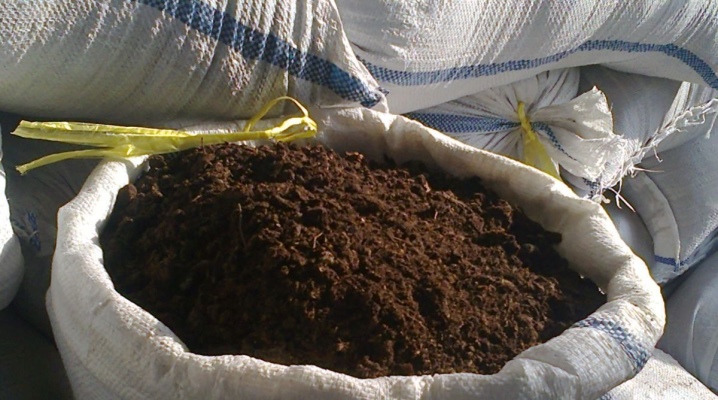
To increase the fertility of the soil, it needs fertilizing and complex mineral preparations. Compost is considered the absolute leader among organic fertilizers, and its most widespread variety is compost in plastic bags. This fertilizer has many advantages and is not difficult to prepare. In this article, we'll go over everything about bagged compost.
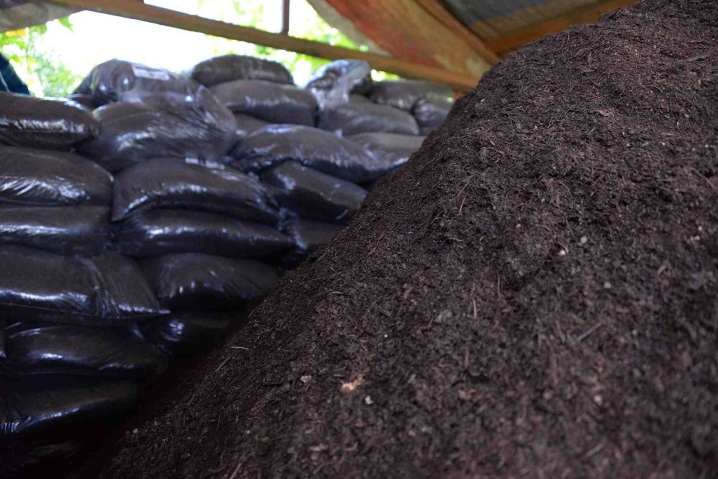
Peculiarities
Compost is an effective fertilizer obtained from plant residues and food waste with the addition of bird droppings, sawdust, chalk, ash and some other organic components. The undoubted advantage of such feeding was the fact that this method of waste processing relieves the owners of the suburban area from the need to remove all vegetable waste from the site.
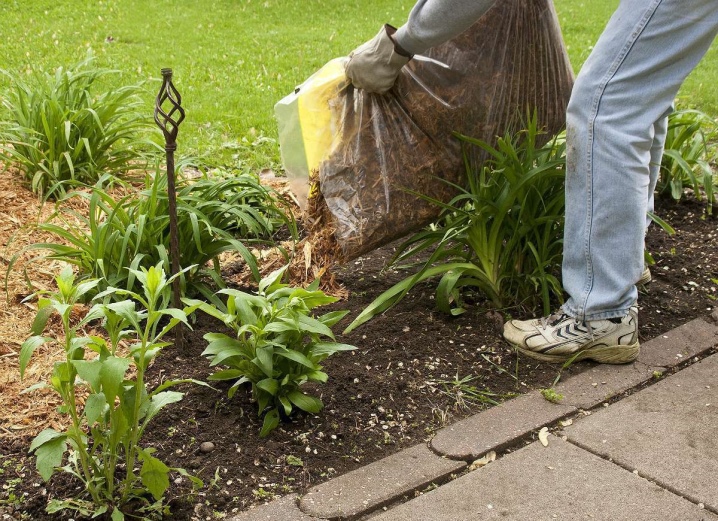
Particularly popular is the production of compost in garbage bags - it requires practically no financial costs and physical effort, while the benefits of the resulting nutrient mixture for future plants are great.
This is a fairly progressive composting method that has only advantages, namely:
- saving the owner's time - quick fertilization can be done in just a couple of months, while compost prepared by the traditional method should mature for at least a year;
- saving space on the personal plot - to place boxes and bags, you do not need to allocate a large separate area; with the traditional method of composting, you will have to form a compost pit, as a rule, it occupies a significant part of the garden;
- compost mobility - if necessary, bags with their contents can be transferred from one place to another at any time and free up the area for creating new flower beds and beds;
- labor savings - you do not have to constantly shovel the compost mass during its maturation; all that is required from the owner of the site is simply to turn the packages from one side to the other a couple of times, however, some summer residents do not do this either;
- compost maturing in bags is not washed out by rains;
- plant mass, evaporating in bags, remains clean, since the container is hermetically sealed; accordingly, new pests brought in from the outside do not start inside, new roots of weeds do not appear and grass seeds are not brought in by the wind.
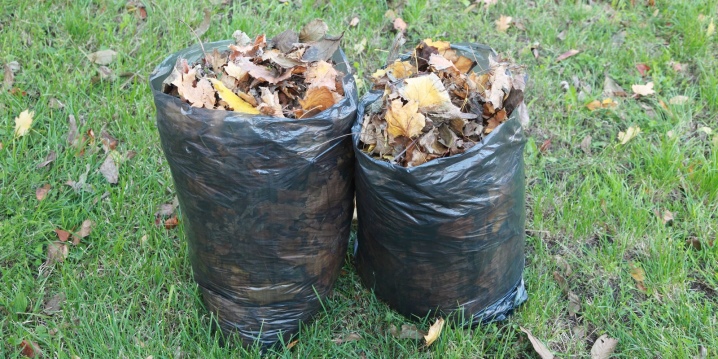
As for the disadvantages of quick compost in bags, then, perhaps, the only drawback is the need to buy new bags every time - the old ones decay and are torn. In addition, not everyone is satisfied with the fact that all compost components will have to be laid at the same time, otherwise it will not be able to rot evenly. However, as practice shows, for most gardeners, such problems are not significant.

Bag selection
For composting, you need to choose the right bags. It is better to give preference to models made of black material.because dark matter tends to attract sunlight better than light matter, and plant and food residues require a lot of heat to compost.
Bags should be voluminous, otherwise, the plant residues in them will simply dry out, and the temperature inside the transferring mass will not reach the required high values. Experienced gardeners use packages of 120 and 150 liters.
It is imperative that the material from which the bag is made is quite strong and tight, it should not stretch - so it will last longer and be able to withstand temperature fluctuations, autumn showers and winter cold. Some homeowners choose to buy expensive yet reliable packages.
The optimal solution will be plastic bags for collecting household waste, building litter and fallen leaves.

Components
As components for compost, you can use any weed, which is in abundance on any personal plot - it will become a good basis for creating fertilizers. The most basic rule to follow when collecting compost material is that the leftovers must be young.
Do not use flowering and seed-forming plants, otherwise, such raw materials will become a favorable environment for even greater growth of weeds. Many gardeners even purposefully plant aisles with useful herbs. The emergence of their seedlings is mowed with a lawn mower and used as raw materials for future compote. Conventionally, all types of raw materials are divided into nitrogen and carbonaceous.
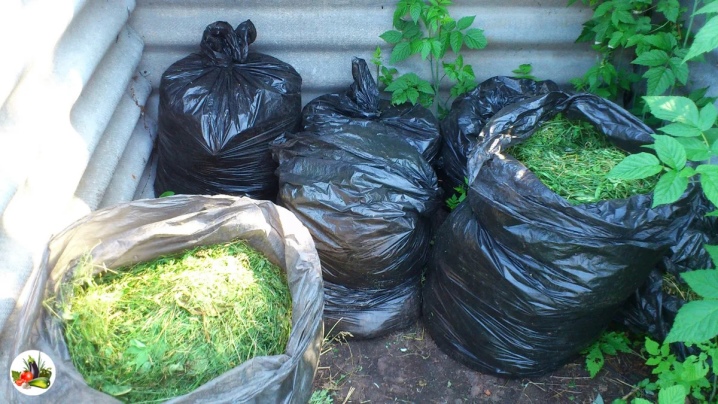
Nitrogen
The source of nitrogen components for future fertilization can be absolutely any leaf residues and cuttings, dusted with garden soil. For example, weeded grasses, fruit residues, and vegetable tops. With regard to components of animal origin, only bird droppings or manure, necessarily rotted. The content of these components should be kept to a minimum. To help the compost mature quickly, you can add a little ammonium nitrate to each bag.
We draw your attention to the fact that only one green plant mass, especially rich in nitrogen (for example, legumes), without adding sod will not give good humus. In addition, it will have a pronounced ammonia odor.
It is optimal that the nitrogen-containing components are related to all others in a ratio of 1 to 30.
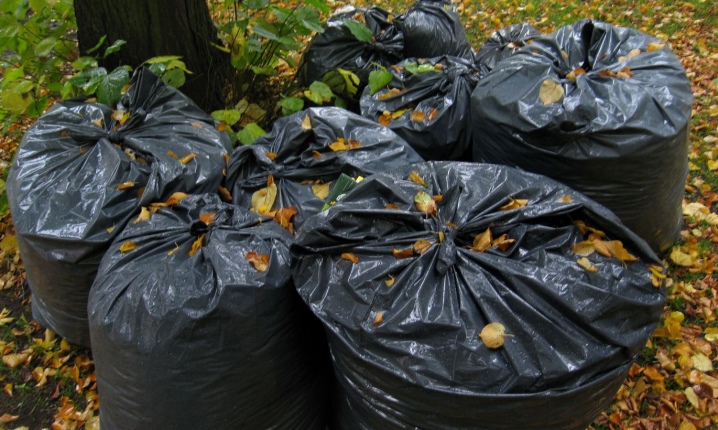
Carbon
The following should be added as carbon components to the compost heap:
- shredded wood, including tree bark;
- sawdust and wood shavings;
- thick pruning and thin stems;
- dry leaves and straw;
- paper and cardboard remains.
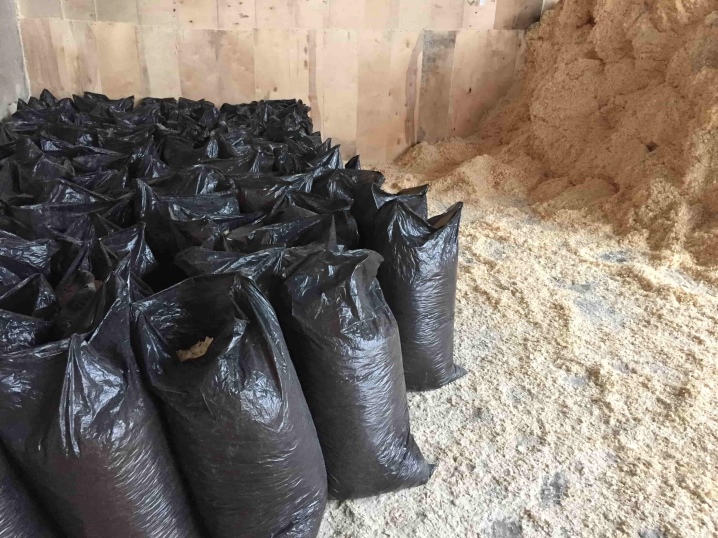
Such elements contain a large amount of fiber, therefore, they become a good food source for beneficial bacteria. Those, in turn, loosen, process and enrich the compost mixtures with all microelements necessary for plants. Of course, every gardener wants to get rid of their weeds after weeding the beds and from the tops, which appear in droves in any summer cottage in the second half of summer.
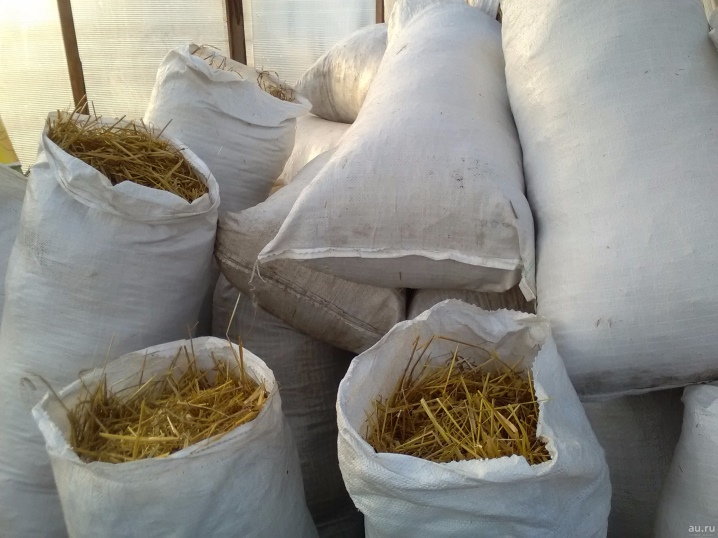
However, not all plant residues can be used to create compost - there are certain limitations, each of them has its own reasonable explanation. So, it is not recommended to use the following for composting:
- large pieces of wood, leaves fallen in season, as well as pruning of evergreen shrubs - their rotting is stretched for a long time, slowing down the entire cycle of compost maturation;
- any infected plant fragments - the fact is that pathogens, as well as pests and their larvae, easily adapt to any changing conditions; the compost environment creates ideal conditions for their reproduction;
- the remains of lily of the valley, castor oil plant and foxglove, it is also not recommended to put the tops of tomatoes, potatoes and other nightshades in compost - they contain toxic substances and poisonous microorganisms; they slow down the composting process and degrade the quality of the finished fertilizer;
- peel of tangerines, oranges and other citrus fruits - it rots for a very long time; in addition, it scares away earthworms and beneficial microorganisms;
- feces of carnivorous animals, as well as non-animal waste - all this decomposes in the compost heap extremely reluctantly, while the odors are the most unpleasant;
- non-degradable household waste made of plastic, glass and metal; and the addition of synthetic fabrics, large bones and laminated paper is also not allowed.
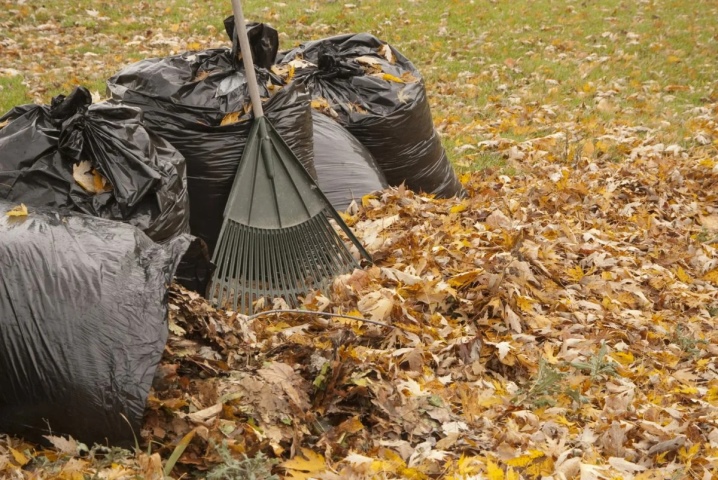
How and when to mortgage?
To make fertilizer in bags with your own hands, composting can be done at any time of the year... Most often this is done in the fall - it is at this time that a lot of plant waste accumulates on the site, while there is practically no time left for their processing. At the exit, a maximum of 2-3 months in bags, a loose rotted mass with a characteristic aroma of earth is obtained. The main components are crushed before laying; a special garden automatic shredder can help with this.
After that drainage is laid out on the bottom of the bag - it can be a layer of branches or sawdust. After that, carefully stack the prepared raw materials so as to alternate layers of turf with layers of plant materials. All package contents well tampand the dry material is lightly irrigated with water. After that bags must be tightly tied or tightly wrapped with tape - this is extremely important. No aeration holes are required.

This completes all the work on preparing quick compost. You just have to place them in a place on your site where they cannot interfere with your free movement. It is advisable that this area is sunny and leave them alone for 2-3 months. After some time, you get loose, clean, well-rotted compost. It can be used for the following purposes:
- effective mulching of beds and tree trunks;
- spring cultivation of seedlings;
- fertilization of horticultural plants and home crops.
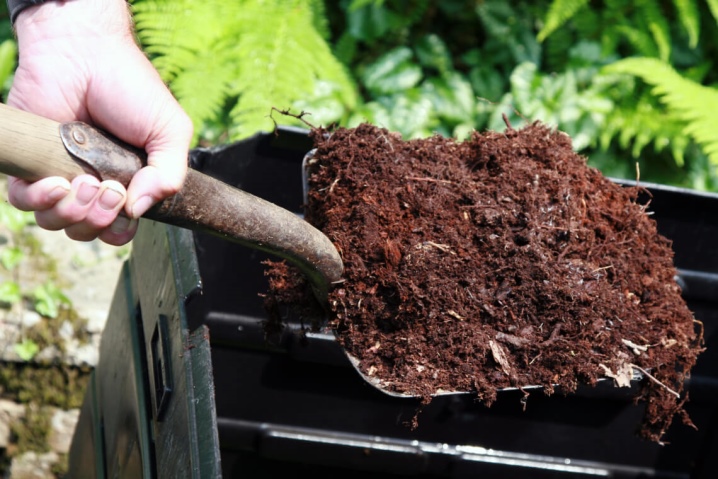
How to shed to accelerate ripening?
It is possible to achieve a significant improvement in the quality of compost fertilizer, as well as to speed up the process of its maturation, by adding special catalyst solutions to the prepared bags, namely:
- a mixture of dry yeast and sugar - for its preparation, one bag of dry yeast is dissolved in a liter of water and 1 tbsp. Sahara; the solution should be thoroughly diluted and added to the contents of the bag through the hole;
- infusion of dioecious nettle - 5 parts of grass are diluted in 20 parts of heated water and 2 parts of bird droppings are added.
If desired, you can use ready-made biostimulants. They are highly effective trains like "Baikal" - they contain a huge amount of beneficial microbes and all essential nutrients. The drug is dissolved in water in accordance with the manufacturer's instructions and each layer of compost raw materials is moistened at the stage of laying the material.
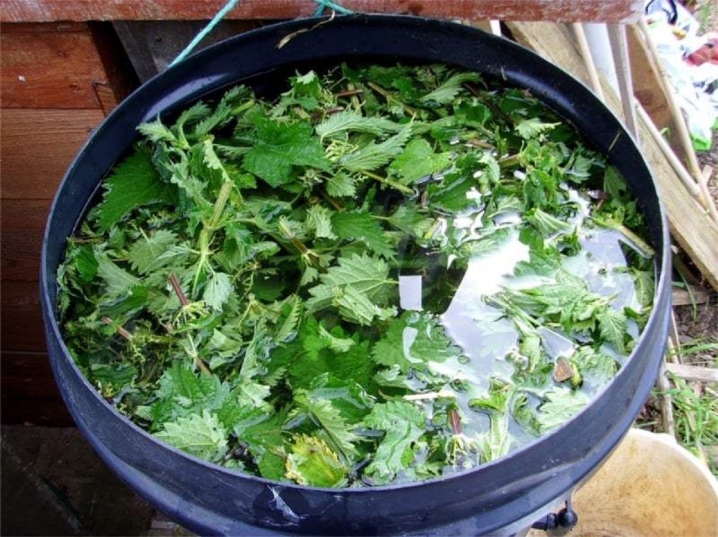
Application
The wide scope of use of compost is due to its exceptional usefulness. This product contains a huge amount of trace elements that are important for the full growth and development of plants. Depending on the characteristics of the raw materials, nitrogen, iron, potassium, as well as phosphorus, calcium, magnesium and some other elements can be included in the compost structure.
Soil fertilized with compost becomes looser. Accordingly, it passes air well, therefore, it leads to the active saturation of the root system of plantings with oxygen.
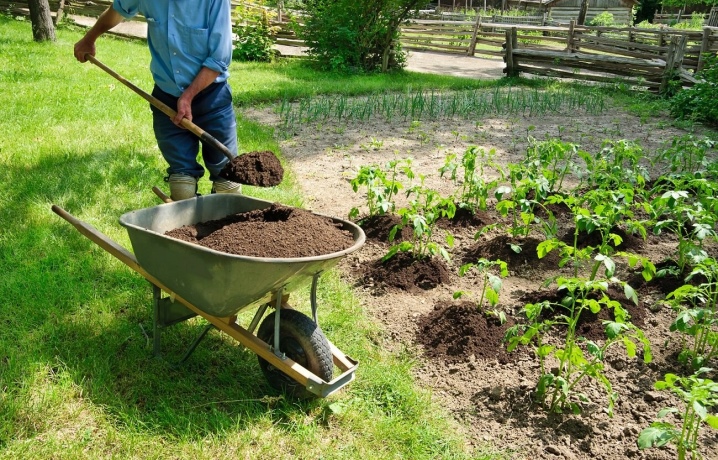
Any compost contains beneficial bacteria that take over the decomposition of organic matter. Top dressing has the most beneficial effect on the microflora of the substrate. In such a land, earthworms are much more willingly bred, which are recognized as the natural helpers of every gardener.
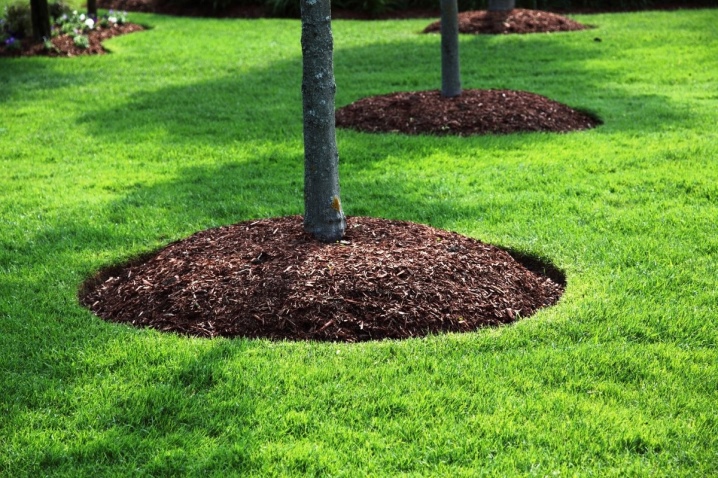
For information on how to make quick compost in bags, see the next video.













The comment was sent successfully.